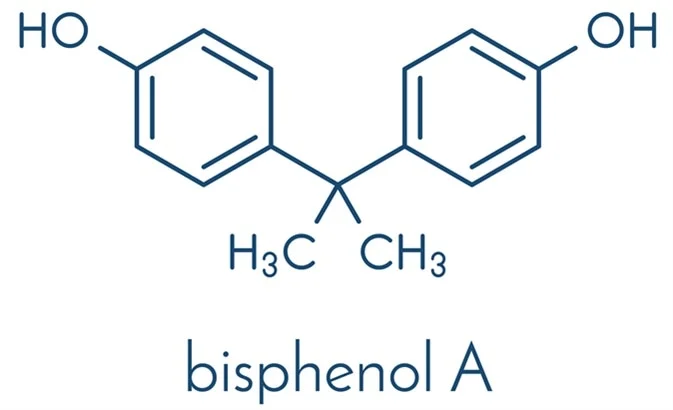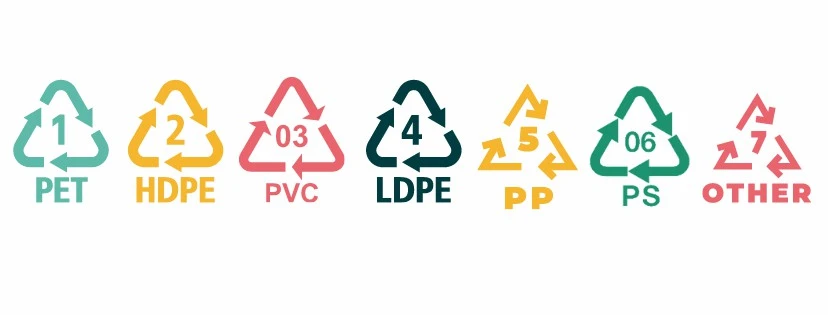Plastic buckets are widely used in everyday life and industrial applications, ranging from food storage and cleaning supplies to construction materials. With growing environmental awareness, many companies use recycled plastic buckets to reduce costs and environmental impact. However, a key question arises: do recycled plastics contain BPA?
BPA is a chemical used in some plastics, and its presence in recycled materials could pose health and environmental risks. This article explores the sources of BPA, its potential presence in recycled plastics, and ways to address these concerns.

What is BPA and Why Does It Matter?
Bisphenol A (BPA) is an industrial chemical commonly used in making polycarbonate (PC) plastics and epoxy resins. These materials are found in products like water bottles, food cans, and electronics due to their strength and clarity.
Research suggests BPA can disrupt the human hormonal system, potentially affecting the endocrine system, child development, and reproductive health, even at low exposure levels. High temperatures, UV exposure, or acidic/alkaline conditions can cause BPA to leach from plastics into food or liquids.
If BPA-containing materials are recycled, BPA residues can enter the environment, contaminating water or soil. This has drawn the attention of global regulatory agencies. The EU, U.S., Canada, and others have imposed strict limits on BPA in food-related plastic products.
Sources and Processing of Recycled Plastic
Recycled plastics are made by collecting, sorting, cleaning, shredding, melting, and reshaping discarded plastics into new products. Common types include PET (#1, e.g., beverage bottles), HDPE (#2, e.g., detergent bottles), PVC (#3), LDPE (#4), PP (#5), PS (#6), and others (#7). While recycling reduces waste and pollution, the process can introduce risks like chemical contamination if not managed carefully.

Does Recycled Plastic Contain BPA?
Not all plastics contain BPA. Polycarbonate (PC)—often categorized as #7 (Other)—is the main source of BPA. It’s commonly used for hard, clear containers. On the other hand, PET, HDPE, and PP, which are widely recycled, typically do not contain BPA.
To ensure safety, many countries set strict BPA limits. For example, the EU limits BPA migration in food-contact plastic to 0.05 mg/kg. Modern testing technologies have improved BPA detection, but more standardized recycling processes are still needed.
How to Reduce BPA Risks in Recycled Plastics
To ensure the safety of recycled plastics, both companies and consumers can take steps:
For Businesses and Manufacturers:
- Improve recycling processes with automated sorting and material testing to prevent polycarbonate mixing.
- Use high-quality, traceable recycled materials to avoid BPA contamination.
- Adopt BPA-free alternatives like PE, PP, or biodegradable polymers.
For Consumers:
- Choose products labeled “BPA-Free.”
- Avoid using plastic containers for hot liquids or strong acidic/alkaline solutions.
- Store plastics away from direct sunlight to extend their lifespan.
For Policymakers:
- Enforce stricter recycling regulations and BPA limits for recycled materials.
- Encourage companies to meet international standards like RoHS, REACH, or FDA for safer products.
Conclusion
Recycled plastics do not always contain BPA, but risks arise when recycling processes mix materials or lack proper controls. For manufacturers, using traceable materials and improving testing are key to ensuring safety and building consumer trust. As global focus on sustainability and safety grows, BPA-free recycled plastics will play a vital role in the future of the plastics industry.

